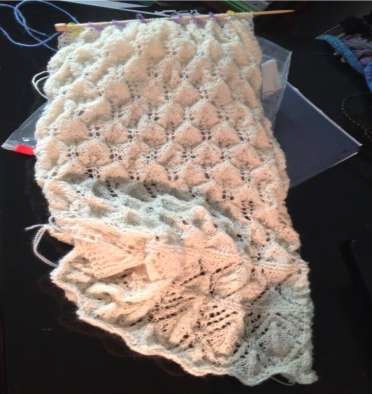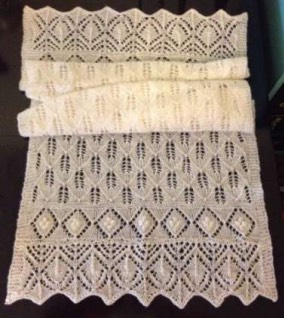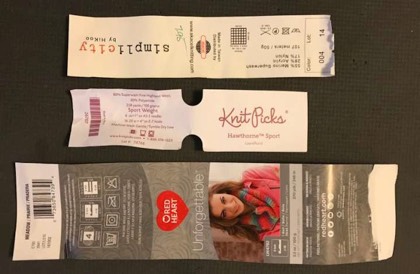Diane Dobson Barton
Copyright 2017, 2021 AHT Publications
2nd edition
http://ArtistHowToPublications.com
ABOUT THE AUTHOR
Diane is an artist and writer that lives in southeast Kansas. Her art work has won numerous awards and is found in public and private collections worldwide.
She has wanted to make things for as long as she can recall. With experience teaching preschool through college-level students, she passionately shares her knowledge, skills, and sometimes twisted sense of humor.
Currently she is working on her debut cozy mystery,. The mystery involves an artist, a murder, and a loveable mutt with intestinal issues.
Go to dianedobsonbarton.com to find out more.
*Her nonfiction books are currently available at all major book sellers.
 Facebook
Facebook
 Instagram
Instagram
INTRODUCTION
Blocking your project can make it look professional, neat, and fix a variety of ills. I have seen the difference that blocking makes in my knitting, and I want to share this useful knowledge. Often overlooked or just not considered at all, preventing projects from being presented in their very strongest light.
You will learn how to block your knitting to get a more professional appearance by performing spray, immersion, and steaming blocking techniques.
It is completely worth the time required. Blocking is a finishing technique, but you should also do it to the gauge swatch you made before even creating your final project.
I am a self-taught knitter. I was working part time in a library, and we had an active knitting group. The Knitting Guild Association (TKGA) crossed my path, and I did a lot of research and learned so much from them. I also had access to a small tight-knit (No pun intended) group that met at the day-job.
I live in a very rural area of Kansas, and the closest knitting shops are at least 100 miles (161 km). Whatever you have available to you, I would encourage you to get the highest quality materials you can afford; they most likely last you a lifetime.
WHY BLOCK YOUR KNITTING?
Shawl Before Blocking
Same shawl after blocking
Why Block a Swatch?
- It will tell you if the color will run or if fibers will shrink
- Witness drape of fabric
- Shows you how the fiber reacts, before investing the time and money into an entire project Why Blocking a Finished Item?
- Easier to sew seams together
- Easier to pick up stitches along an edge
- Better fit on ribbing and cables
- Smoothes stitches out overall
- Fair Isle and intarsia look better
- Opens up lacework (blooms)
- Stitches less likely to unravel when cutting steeks
- Help solve many minor problems in sizing
READING THE YARN LABEL
Your yarn label tells you the type of fiber, color lot number, the weight, length, and care instructions. Get in the habit of saving them, and the information provided for future reference.
DIFFERENT FIBERS
Different fibers react in unique ways to the blocking technique used.
Wool and other animal fibers are created from proteins. Because of its structure, wool fibers can absorb a great deal of water without ever feeling wet. It is also strong and has a wonderful memory. (Memoryspring back into its original shape after stretched) When it is wet, however, wool is more prone to breakage.
Wet blocking is easiest for adding length to a garment. Finess items with a steam iron. Pin the piece as close to the size you want the ultimate piece to measure. Apply steam without touching the iron or steamer to the fiber. When it is still warm and damp, stretch it a bit more and steam again. You can even get stockinette stitch to lie flat by using this process.
Cashmere is very fine and known for its incredible softness. It is more fragile than wool and has less spring. It also gets weaker when wet. To block, pin the item to your mat or board first, then spray until it is damp. Let it dry.
Merino can vary in density. Often using pin/spray method is the best way. If there are heavy cables, be careful to not over block.
Alpaca will also weaken when wet. It stretches out of shape and sag. Pin the pieces into the shape when dry, and then water spray bottle. Tweak the shaping.
Mohair weakens when wet. Use the pin and spray method. If you want a halo, gently brush the fabric to make it soft and fuzzy.
Linen is an ancient plant fiber. It gets stronger when it is wet. Wet-blocking/immersion is the best method to use.
Cotton has no memory and is weaker when wet. I recommend you steam-block most cotton items.
Silk comes from silkworm cocoons. Silk has insignificant memory and can stretch out of shape easily. It is best when used in a blend of different fibers. Because of its weakness, when wet, it is NOT recommended that you wet-block. Pin the item into shape, spray with water and allow it to dry.
Acrylic/Man-Made Fibers are synthetic. Do not use any heat or hot steam as it could melt the fibers. I recommended you pin the fabric down and spray with cool water or slightly warm steam. Here, I strongly suggest a test swatch, to see how the fabric responds before trying on a finished garment.
These fibers can be difficult to change shape. For this reason, avoid these fibers when creating intricate lace patterns, such as in a shawl or scarf.
Blended fibers can vary depending on the fibers, and amounts blended. The best method is to pin it into shape and spray with water, then allow it to dry. Unless it is mostly wool and in that case, it is fine to wet-block/immerse. Again, test the fiber you wish to use by swatching and blocking.
Novelty fibers vary from one to the other. The only way to know for sure is to test your actual fiber. Some novelty yarns cannot withstand any moisture and will simply fall apart.


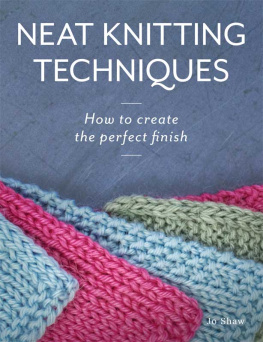
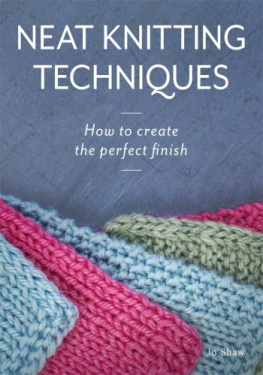

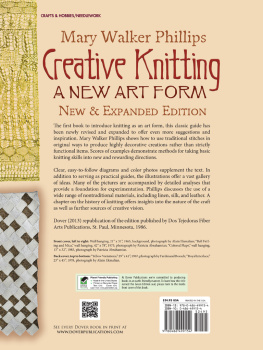

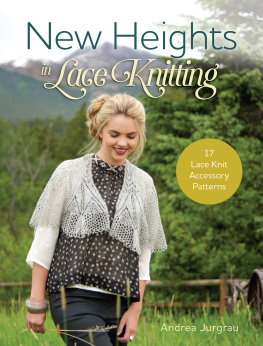
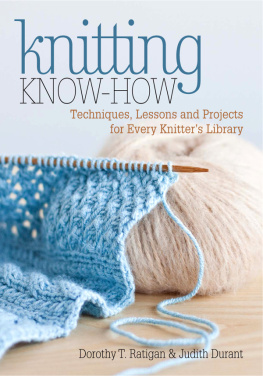
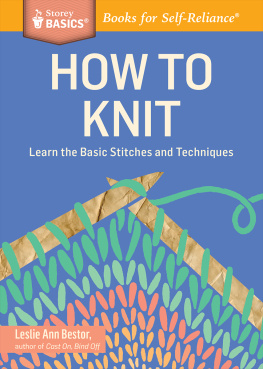
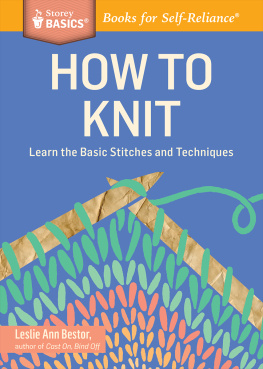



 Facebook
Facebook Instagram
Instagram